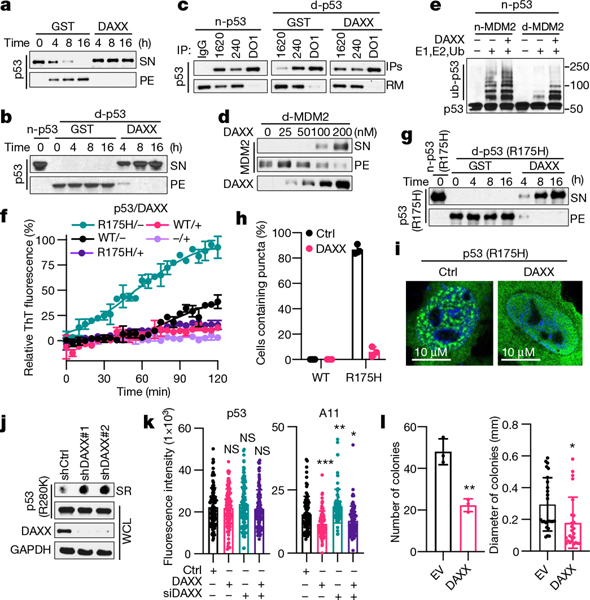Fig. 4 |. DAXX maintains and restores the native conformation of p53 and MDM2.
a, Prevention of p53 (100 nM) aggregation by DAXX (200 nM). b, d, g, Solubilization of p53 (b), MDM2 (d) and p53(R175H) (g) (100 nM each) aggregates by DAXX (200 nM). c, Immunoprecipitation (IP) of native p53 (n-p53), or denatured p53 (d-p53) incubated with GST or DAXX, with PAb1620, PAb240 or DO1 (pan-p53 antibody). RM, proteins remained in supernatants. e, Ubiquitination of p53 (20 nM) by MDM2 (45 nM) in the presence or absence of DAXX (100 nM), or by denatured MDM2 (45 nM) pre-incubated with or without DAXX. f, Prevention of p53 and p53(R175H) (5 μM) fibrillization by DAXX (5 μM). h, i, Representative images of U2OS cells transfected with p53(R175H) or p53(R175H) plus DAXX (h), and percentage of cells containing p53(R175H) puncta (i). Scale bar, 10 μm. j, p53(R280K) aggregates in control and DAXX-knockdown MDA-MB-231 cells. k, Fluorescence intensity of anti-p53 (DO-1) and anti-pre-fibril oligomers (A11) staining in control MDA-MB-231 cells or MDA-MB-231 cells transfected with DAXX siRNAs and/or Flag–DAXX. l, Number and size of soft-agar colonies form by control and DAXX- overexpressing MDA-MB-231 cells. Data are mean ± s.d. and are representative of two (j) or three (the rest) independent experiments. *P < 0.05, **P < 0.01, ***P < 0.001; unpaired Student’s t-test.

